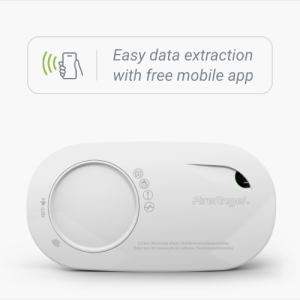 FA3328-EUT
Read more
FA3328-EUT
Read moreTemperature and Humidity Sensor with Carbon Monoxide Alarm
10 Year Lifetime Battery
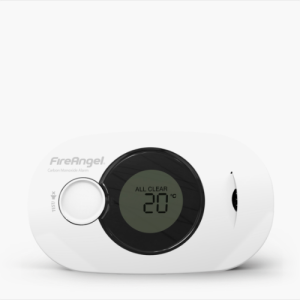 FA3322-EUX10
Read more
FA3322-EUX10
Read moreDigital Display Carbon Monoxide Alarm
10 Year Lifetime Battery
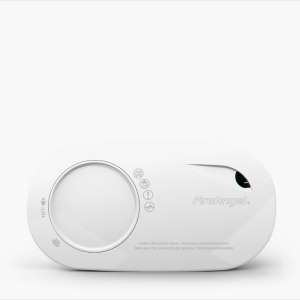 FA3328-EUT
Read more
FA3328-EUT
Read moreSync-It™ (NFC technology) Carbon Monoxide Alarm
10 Year Lifetime Battery
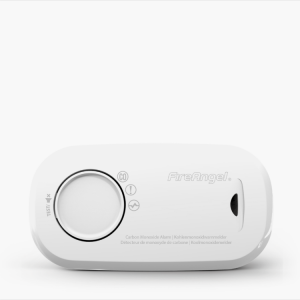 FA3313-EUX10
Read more
FA3313-EUX10
Read moreCarbon Monoxide Alarm
1 Year Replaceable Batteries
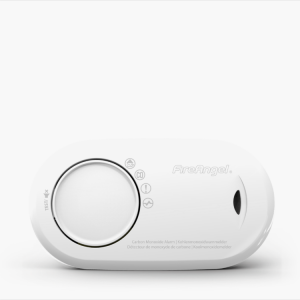 FA3820-EUX10
Read more
FA3820-EUX10
Read moreCarbon Monoxide Alarm
10 Year Lifetime Battery
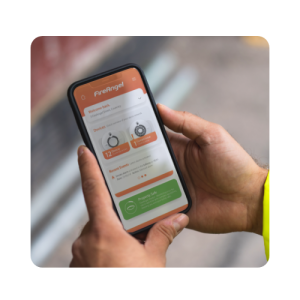 Connected App
Read more
Connected App
Read moreConnected App
Remote Protection
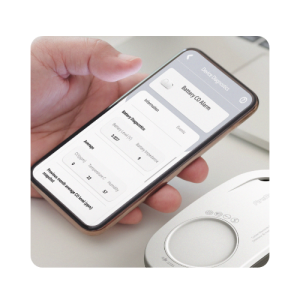 FireAngel Installer App
Read more
FireAngel Installer App
Read moreFireAngel Installer App
Sync-It™ (NFC Technology)
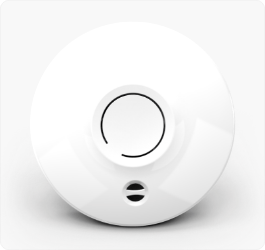 SM-SN-1
Read more
SM-SN-1
Read moreSpecification 10 Year Multi-Sensor Smoke Alarm
Mains Powered with 10 Year Lithium Battery Back-up
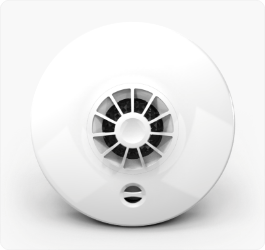 HM-SN-1
Read more
HM-SN-1
Read moreSpecification 10 Year Kitchen Heat Alarm
Mains Powered with 10 Year Lithium Battery Back-up
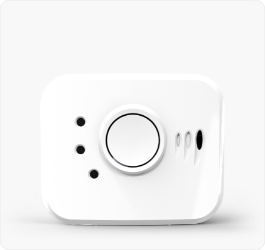 FS1326-T
Read more
FS1326-T
Read moreSpecification 10 Year Carbon Monoxide Alarm
10 Year Sealed Lithium Battery
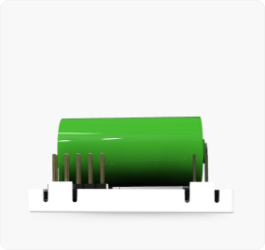 FS1521W2-T
Read more
FS1521W2-T
Read moreSpecification Smart RF Radio Module
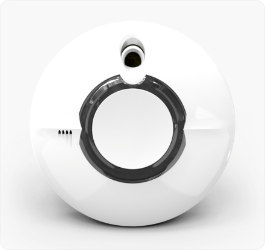 FS2126-T
Read more
FS2126-T
Read moreSpecification 10 Year Multi-Sensor Smoke Alarm
10 Year Sealed Lithium Battery
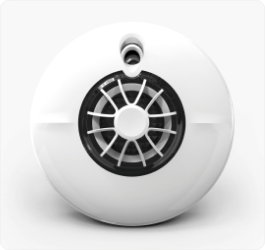 FS1226-T
Read more
FS1226-T
Read moreSpecification 10 Year Kitchen Heat Alarm
10 Year Sealed Lithium Battery
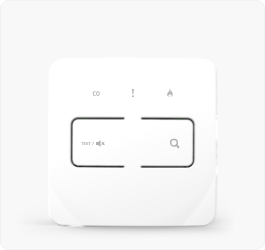 FS1524W2-T
Read more
FS1524W2-T
Read moreSpecification Wireless Alarm Control Unit
10 Year Sealed Lithium Battery
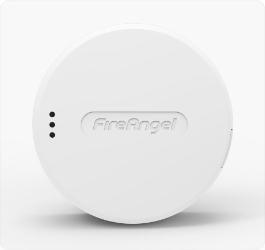 FS2550W2ZB
Read more
FS2550W2ZB
Read moreHome Environment Gateway
 FS1580W2-T
Read more
FS1580W2-T
Read moreSpec Connected Wireless Gateway
Ethernet, UK Plug
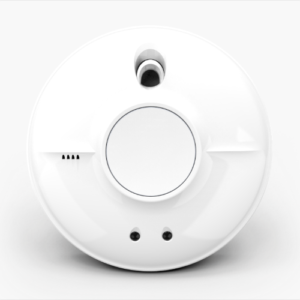 SW1-PF-T
Read more
SW1-PF-T
Read moreOptical Smoke Alarm with Push Fit Base
Mains Powered with Replaceable 9V Battery Back-up
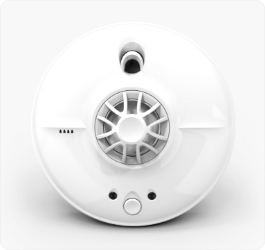 HW1-PF-T
Read more
HW1-PF-T
Read moreEnhanced Kitchen Heat Alarm with Push Fit Base
Mains Powered with Replaceable 9V Battery Back-up
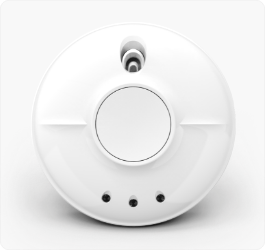 CW1-PF-T
Read more
CW1-PF-T
Read moreCarbon Monoxide Alarm with Push Fit Base
Mains Powered with Replaceable 9V Battery Back-up
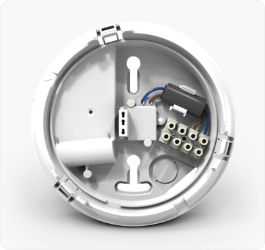 RF-BW-T
Read more
RF-BW-T
Read moreRF Interlink Push-Fit Base
10 Year Lithium Battery
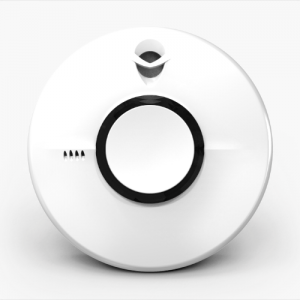 ST-622T
Read more
ST-622T
Read more10 Year Smoke Alarm
10 Year Sealed Battery
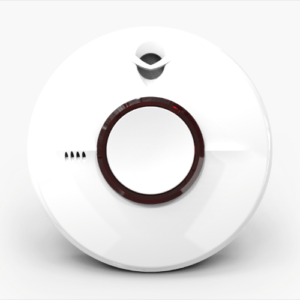 ST-750
Read more
ST-750
Read more10 Year Multi-Sensor Smoke Alarm
10 Year Sealed Lithium Battery
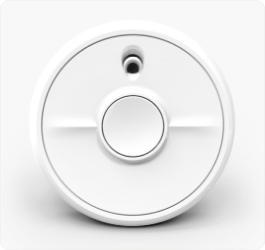 SB1-R
Read more
SB1-R
Read moreOptical Smoke Alarm
1 Year Replaceable Battery
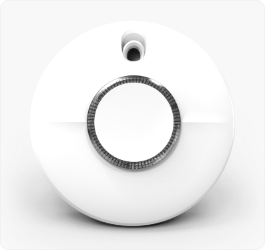 SCB10-R
Read more
SCB10-R
Read moreCombination Smoke and Carbon Monoxide Alarm
10 Year Sealed Lithium Battery
 RLYM-1EU
Read more
RLYM-1EU
Read moreMains Powered Relay – Hardwired Interlink Only
Mains Powered with 10 Year Lithium Battery Back-up
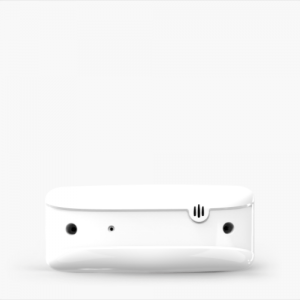 WRLYM-1EU
Read more
WRLYM-1EU
Read moreMains Powered Relay – Wireless Interlink Only
Mains Powered with 10 Year Lithium Battery Back-up
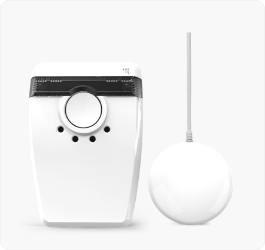 FS1552W2-T
Read more
FS1552W2-T
Read moreSpecification Combined Strobe and Pad
Mains Powered with Rechargeable Battery Back-up
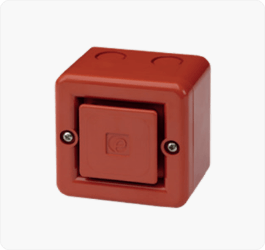 EXS230-1
Read more
EXS230-1
Read moreMains Powered External Sounder
Mains Powered
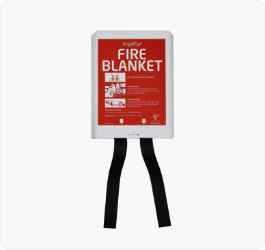 FB100-AE-UK
Read more
FB100-AE-UK
Read moreFire Blanket 1m x 1m